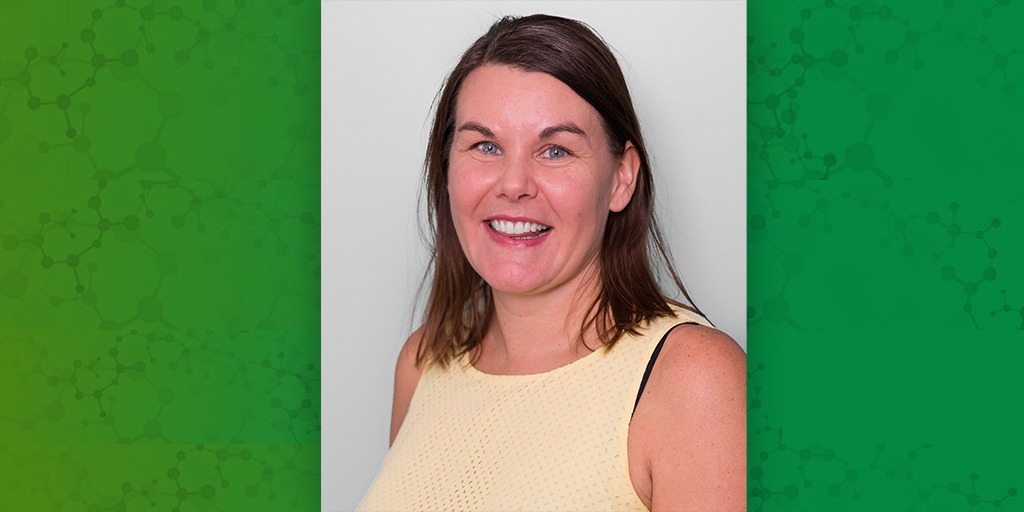On Jan. 25, the National Toxicology Program Interagency Center for the Evaluation of Alternative Toxicological Methods (NICEATM) presented a webinar titled “New Approach Methodologies to Assess (Developmental) Neurotoxicity.” In one presentation, NICEATM scientist Helena Hogberg, Ph.D., described projects within the NIEHS Division of the National Toxicology Program (DNTP) that use in vitro approaches to predict developmental neurotoxicity hazards.
Hogberg joined NIEHS in December 2021, coming to NICEATM from the Johns Hopkins University Center for Alternatives to Animal Testing. Environmental Factor spoke with Hogberg about her background and her plans for her new role.
EF: Welcome to NIEHS. What attracted you to this position?
Hogberg: I’ve been following NICEATM and NIEHS for years, and I’ve always been impressed by the quality of the work here. In my previous positions, I was focusing on developing new approach methodologies (NAMs) to replace animal experiments to better protect human health. In my new role here, I hope to also contribute to the adoption of NAMs by international stakeholders at the policy level.
EF: Why is international engagement important for adoption of NAMs?
Hogberg: Commerce is international, and it’s easier to get stakeholders to use a new test method when they know that regulatory agencies around the world have agreed to accept data from a method for a particular purpose. And collaboration is important to reaching those agreements.
I’m currently serving on two expert panels for the U.S. Environmental Protection Agency (EPA) and one for the Organisation for Economic Co-operation and Development. I also serve on an advisory board for a European Commission project exploring new testing strategies for endocrine disruptors that may also cause developmental neurotoxicity.
EF: Can you talk about your early interest in alternatives to animal testing?
Hogberg: I’m originally from Sweden, and I earned my Ph.D. in toxicology from Stockholm University. But I did my doctoral research at the European Union Reference Laboratory for the Validation of Alternative Methods in Ispra, Italy.
I used gene expression and electrical activity recordings from neuronal cell cultures to develop an animal-free approach to identify potential neurotoxins. Assays that I developed during my Ph.D. have since then been implemented and enhanced by EPA and Health Canada.
An exciting aspect about research performed in a government setting is that it leads to practical applications. That makes it easier to envision how your research will contribute to improved human health, as opposed to academia, where you’re often answering narrow scientific questions.
EF: Tell us about what you’re looking forward to working on at NIEHS.
Hogberg: One of the advantages of NIEHS is its multidisciplinary expertise. Most exciting for me are the opportunities to collaborate with some of the best scientists in the world and address problems from different angles. I’m also looking forward to opportunities to communicate with the public and engage different stakeholders. I feel that there is no limit to what our team can do together.
(Catherine Sprankle is a communications specialist for ILS, the contractor supporting NICEATM.)
Source link
factor.niehs.nih.gov


